Enjoying sumo wrestling in Tokyo is a fantastic cultural experience whilst in Japan. Sumo is considered a national sport and many follow the yearly professional sumo tournament (honbasho) very closely. There are six honbasho held each year, a system established as early as 1958.
Table of Contents
- The history of sumo wrestling
- How to enjoy sumo wrestling in Tokyo
- The etiquette for watching the sumo wrestling in Tokyo
- What you need to know about sumo stables in Tokyo
- Accommodation Near Ryogoku Kokugikan National Sumo Stadium
- Sumo wrestler costume
- Sumo wrestler diet
- Sumo wrestling games
- Sumo stable Tokyo
- Are sumo wrestlers fat?
- Sumo related attractions
- Sumo museum
- Ekoin Temple
- Tomioka Hachimangu Shrine
- Frequently Asked Questions
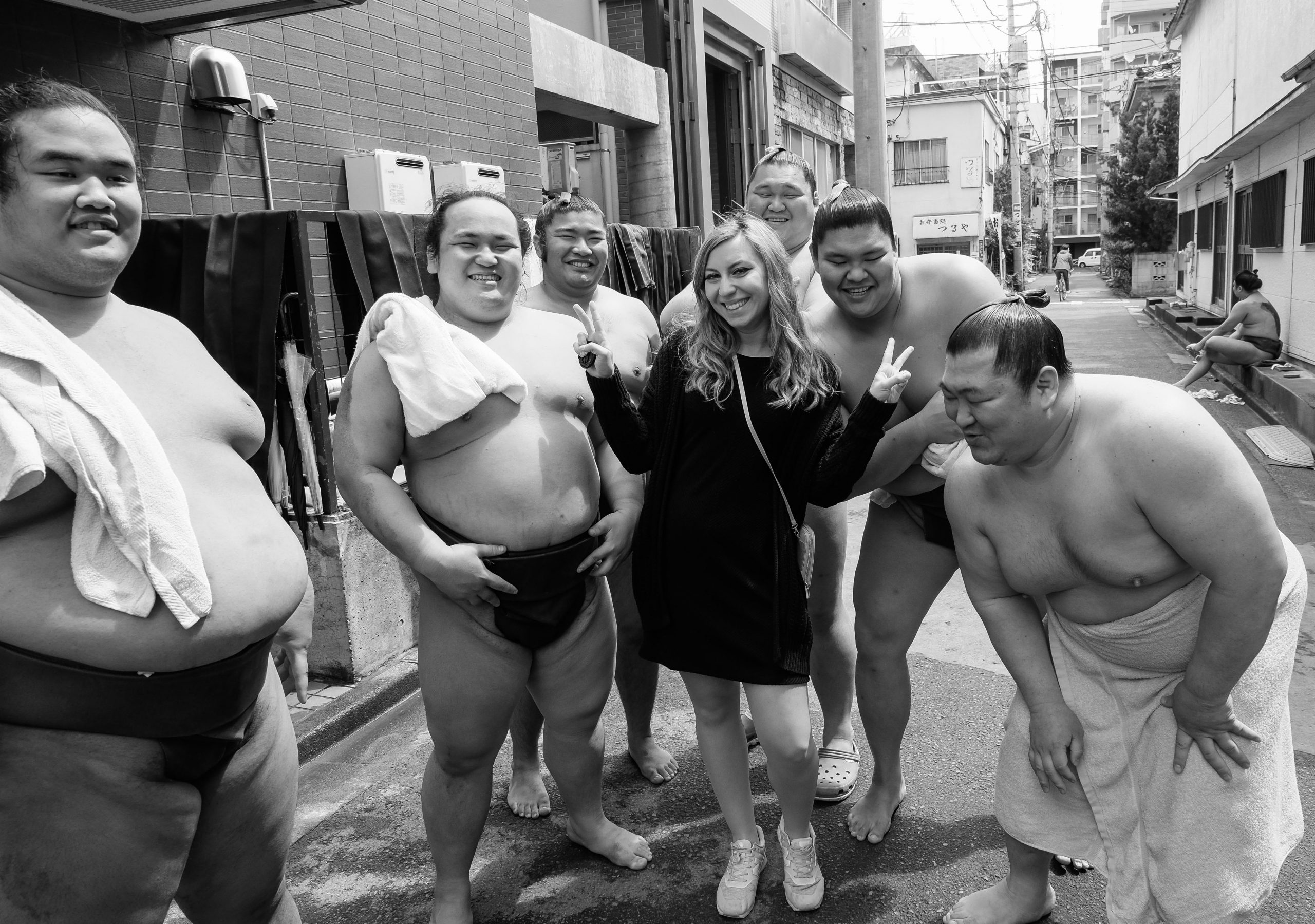
The history of sumo wrestling
Sumo is a Japanese style of wrestling and Japan’s national sport. Sumo wrestling originated in ancient times as a performance to entertain the Shinto deities. Know that only men practice sumo professionally in Japan.
The rules of sumo wrestling are simple: the wrestler who first exits the ring or touches the ground with any part of his body (apart from his soles) loses. The wrestling takes place on an elevated ring (dohyo), made of clay and covered in sand.
You might not want to follow the whole sumo tournament in Japan and that’s ok. There are around 45 stables (beya) in Tokyo which now allow tourists to partake in the morning sumo practice. In order to get entry into the privileged world of asageiko you need to be accompanied by a Japanese person and so the best way to see a training session is with a guide. We used Beauty of Japan and had Kota as our guide for the day.
Kota was incredibly knowledgeable. He told us he has a close relationship with the sumo wrestlers from the stable because he gets to see them twice a week. He answered all our questions and translated our conversation with the sumo wrestlers. We would definitely recommend the experience.
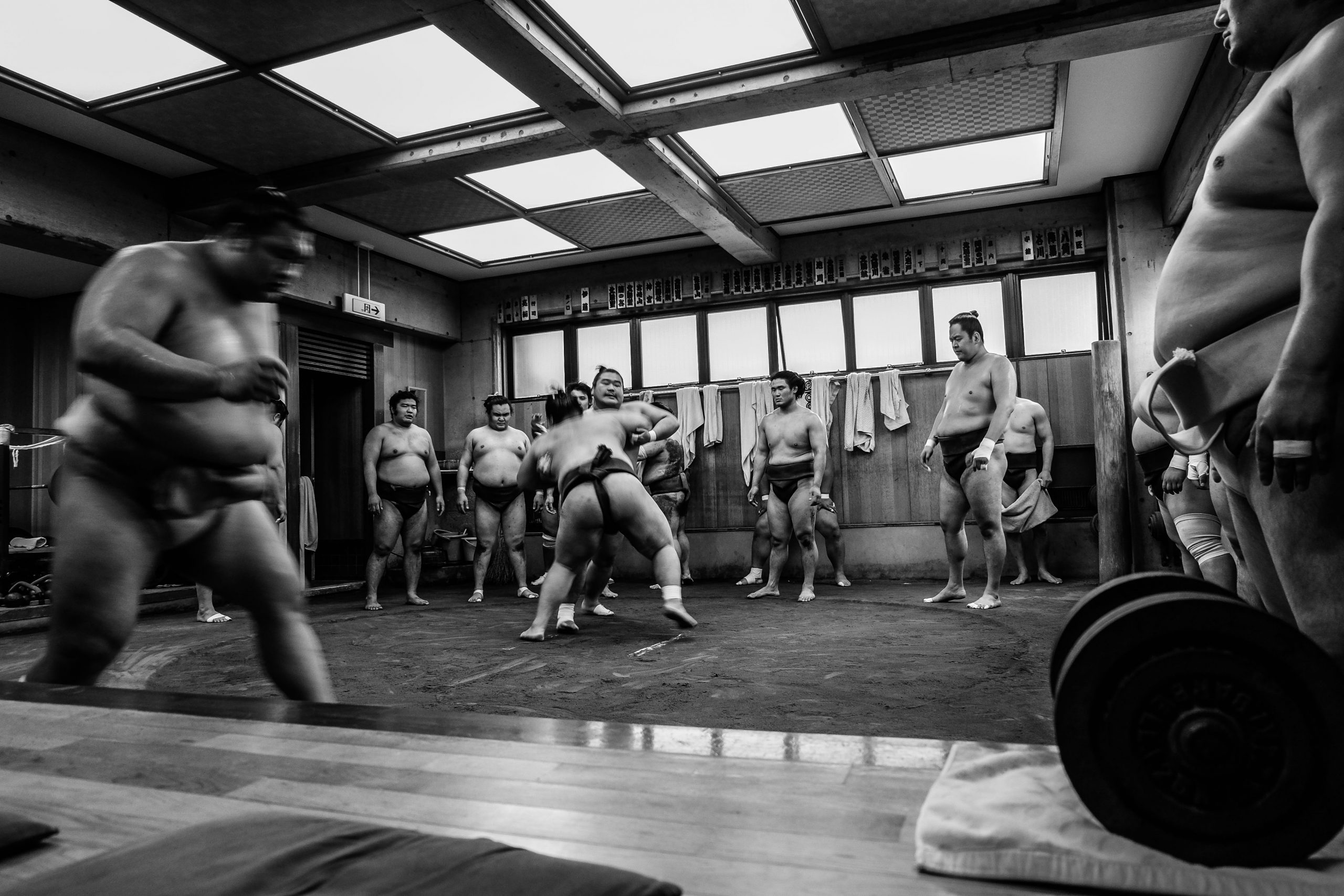
How to enjoy sumo wrestling in Tokyo
Sumo wrestlers start their practice very early in the morning. Expect to be in front of the stable as early as 8 AM. Remember that it is respectful to arrive at the beginning of the practice. You should not leave before the practice ended as it is deemed to be rude. The sumo practice itself lasts for about 3 hours.
It is incredibly interesting so I see no reason why someone would leave early anyway.
Besides, there are fun exercises the sumo wrestlers do towards the end, which you definitely want to see that. At the very end, tourists are also invited to say hi to the sumo wrestlers, and you even get the opportunity to take some pictures.
The sumo wrestlers we got to see were super friendly and keen to get to know us too.

The etiquette for watching the sumo wrestling in Tokyo
We already discussed that you need to arrive towards the beginning of the sumo practice and stay put for the whole duration of the training. When entering, bow to the stable master or other seniors who are leading the practice. Bow when you leave the stable, as well as to the wrestlers.
Keep silent! Don’t talk to each other during the practice. The sumo wrestlers are not there to have fun but to train hard. Be respectful. Don’t use your phone, don’t text and don’t make phone calls. Do not take toilet breaks and do not eat or drink during the training.
Sit down on the floor, ideally with your legs folded. Do not point your feet towards the sumo wrestlers as it is considered rude and incredibly disrespectful.
If you can’t silence the shutter on your camera, refrain from taking too many pictures. Wait until the end of the practice.
At the end of the practice, you can offer the sumo wrestlers gifts if you wish to. Nicely wrapped food tends to be their favourite.
You can ask your guide any questions about the sumo wrestlers. Most sumo wrestlers won’t speak any English, another great reason why having a Japanese guide is a great idea.
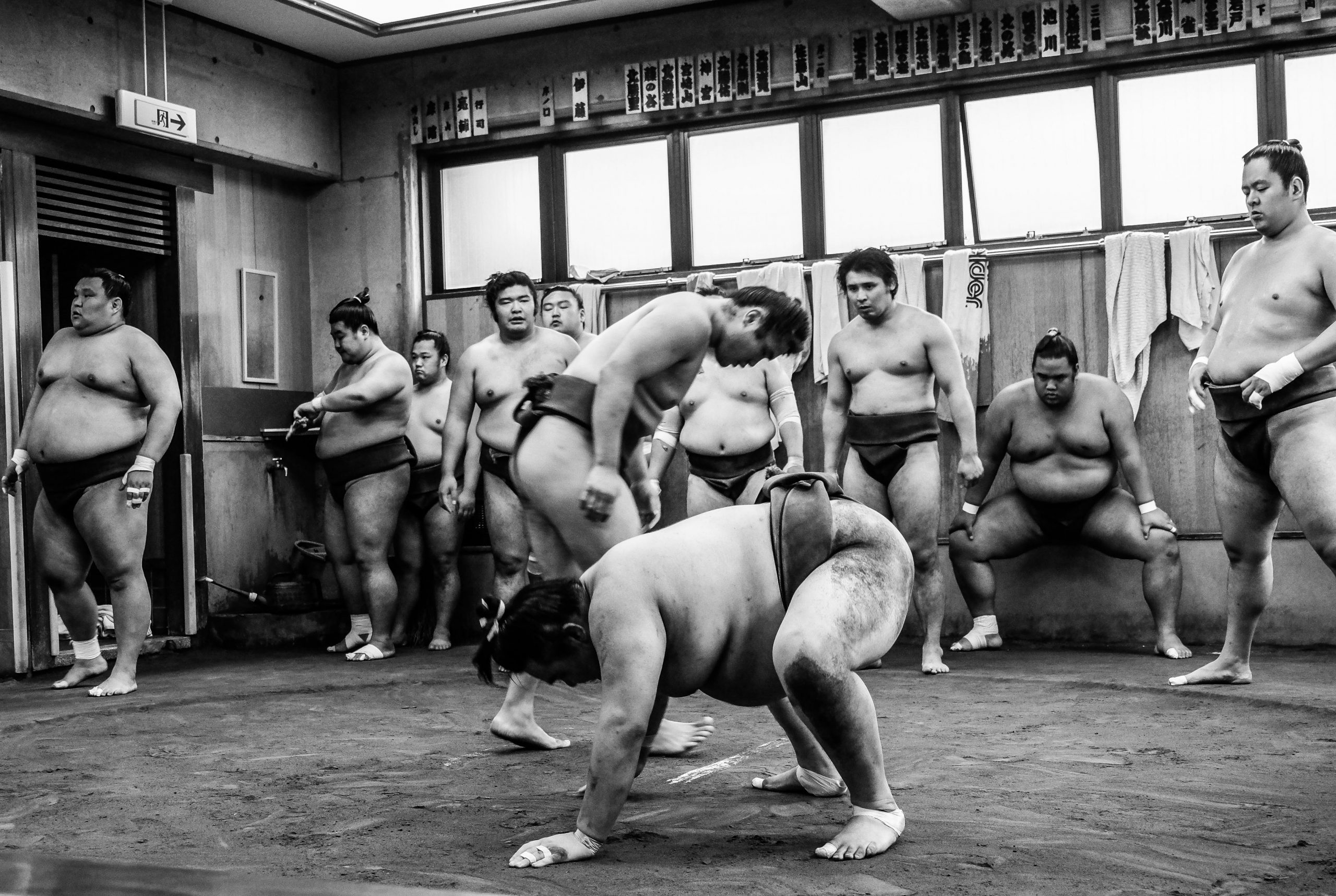
What you need to know about sumo stables in Tokyo
Sumo wrestlers live in their own stables. That is their actual home as well as practice place. When they are young, sumo wrestlers are being paid very little, which means they cannot afford to rent their own home in the heart of Tokyo. Most of the money the sumo wrestler makes is spend on food and drinks. There are several sumo wrestlers which cannot afford to start a family due to their low income. Once they make it to a professional level, sumo wrestlers are more desired as their income increases significantly. That’s the time when they can afford to get their own place and get married.
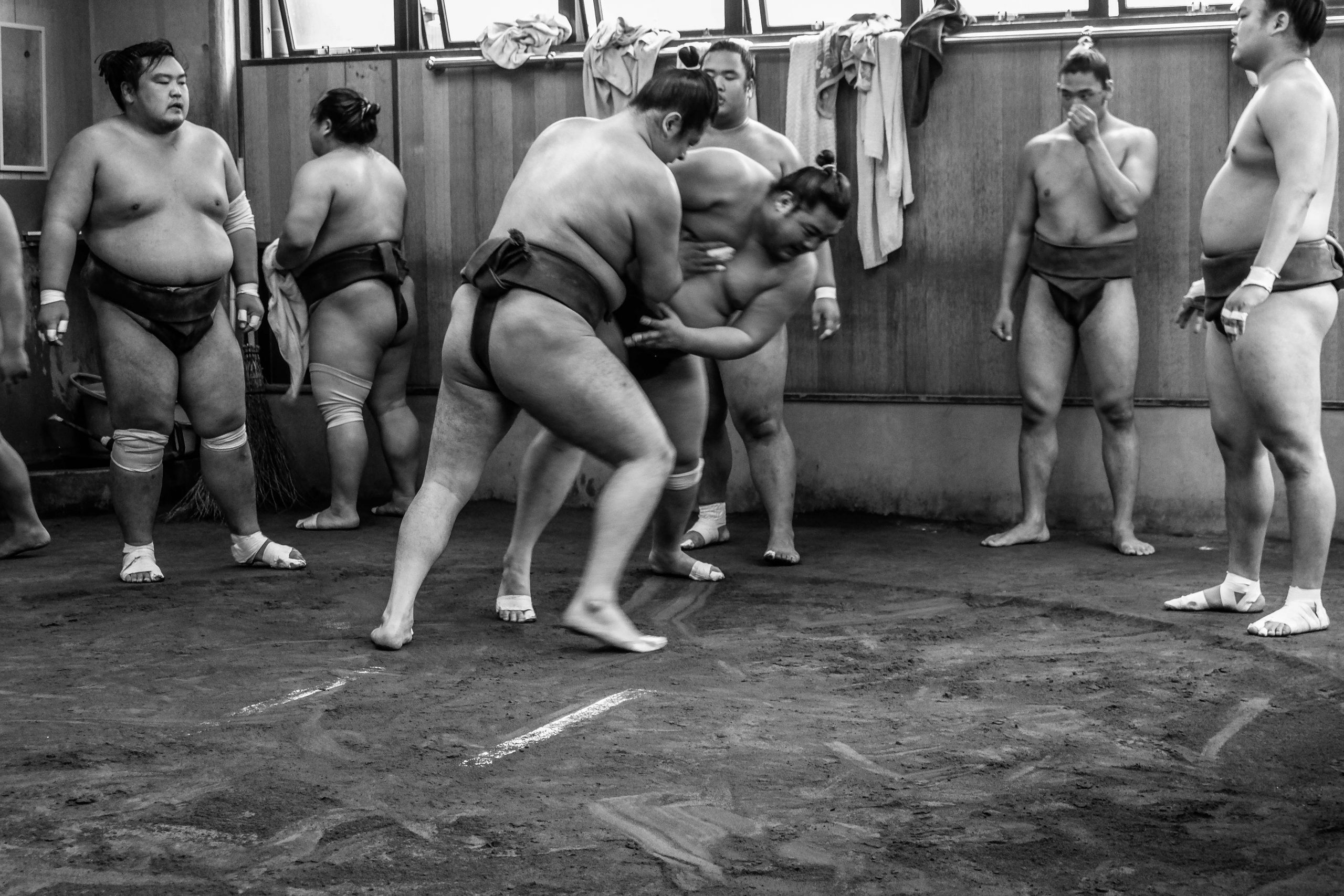
Accommodation Near Ryogoku Kokugikan National Sumo Stadium
Ryogoku Kokugikan National Sumo Stadium also known as Ryōgoku Sumo Hall is a large sumo stadium in the heart of Tokyo with the capacity of 11,098 people. There are four main sumo wrestling tournaments, one in each season, Hatsu (new year) in January, the Natsu (summer) in May, and the Aki (autumn) in September. The stadium is also home to a museum dedicated to sumo.
Below you will find accommodations which are close to the stadium so if you are attending an event, you won’t have to walk too far or take any public transport.
Conveniently located a 3-minute walk from Ryogoku Stadium., Ryogoku View Hotel offers rooms with a balcony and free WiFi. It features a restaurant, a café and drinks vending machines, and provides a 24-hour reception. The Edo Tokyo Museum is a 6-minute walk away.Rooms get plenty of daylight through floor-to-ceiling windows, and they all come with a small table and chairs. Amenities include a flat-screen TV, a fridge and an electric kettle.Restaurant Sakura-Tei serves Japanese cuisine, and warm drinks can be enjoyed at coffee house Saint-Marc. There are many shops and restaurants nearby, including restaurants specializing in chankonabe sumo wrestler dishes.
A 5-minute walk from the Ryogoku Kokugikan National Sumo Stadium, Dai-ichi Hotel Ryogoku offers a free shuttle to/from Tokyo Disney Resort. The hotel is connected to Ryogoku Subway Station, which offers a direct 20-minute ride to Roppongi. Most rooms have a view of Tokyo Sky Tree tower.The contemporary rooms at Hotel Dai-ichi Ryogoku come with free wired internet and a flat-screen TV with satellite channels. They are fitted with extra long beds and a fridge.
Hotel MyStays Asakusa-bashi is located just 1 train stop from Akihabara and 2 subway stops from Asakusa. The hotel is just a 3-minute walk from Asakusabashi Train/Subway Station. It features modern rooms with a flat-screen TV and a private bathroom. Free WiFi is accessible in rooms and at the lobby. A convenience store is featured on the ground floor. Certain rooms feature a kitchenette.
Sumo wrestler costume
The sumo wrestler costume is called mawashi. In sumo, a mawashi is the belt that a sumo wrestler wears during training or in a competition. Upper ranked professional wrestlers wear a keshō-mawashi as part of the ring entry ceremony or dohyō-iri.

Sumo wrestler diet
You can’t really gain a whole lot of weight on the traditional Japanese diet, so to bulk up, sumo wrestlers eat their own special type of food. It’s called chankonabe. Chankonabe is a type of stew served in a giant pot. A typical sumo wrestler eats a daily diet of 20,000 calories. That is almost 10 times the amount of calories recommended for a healthy male (2500 calories).
They skip breakfast and have only two meals of 10,000 calories each. We asked Kota how many sushi pieces can one sumo wrestler eat at one given time…he said he asked this question before and the answer was 200. That is simply crazy!

Sumo wrestling games
Sumo wrestling has spiritual roots and that’s why both wrestlers throw salt in the air as they prepare for their round. This is meant to clear the ring as a sacred place. They also stamp the ring to squash the bad spirits and they sip water to clear their bodies. Each movement is a religious ritual.
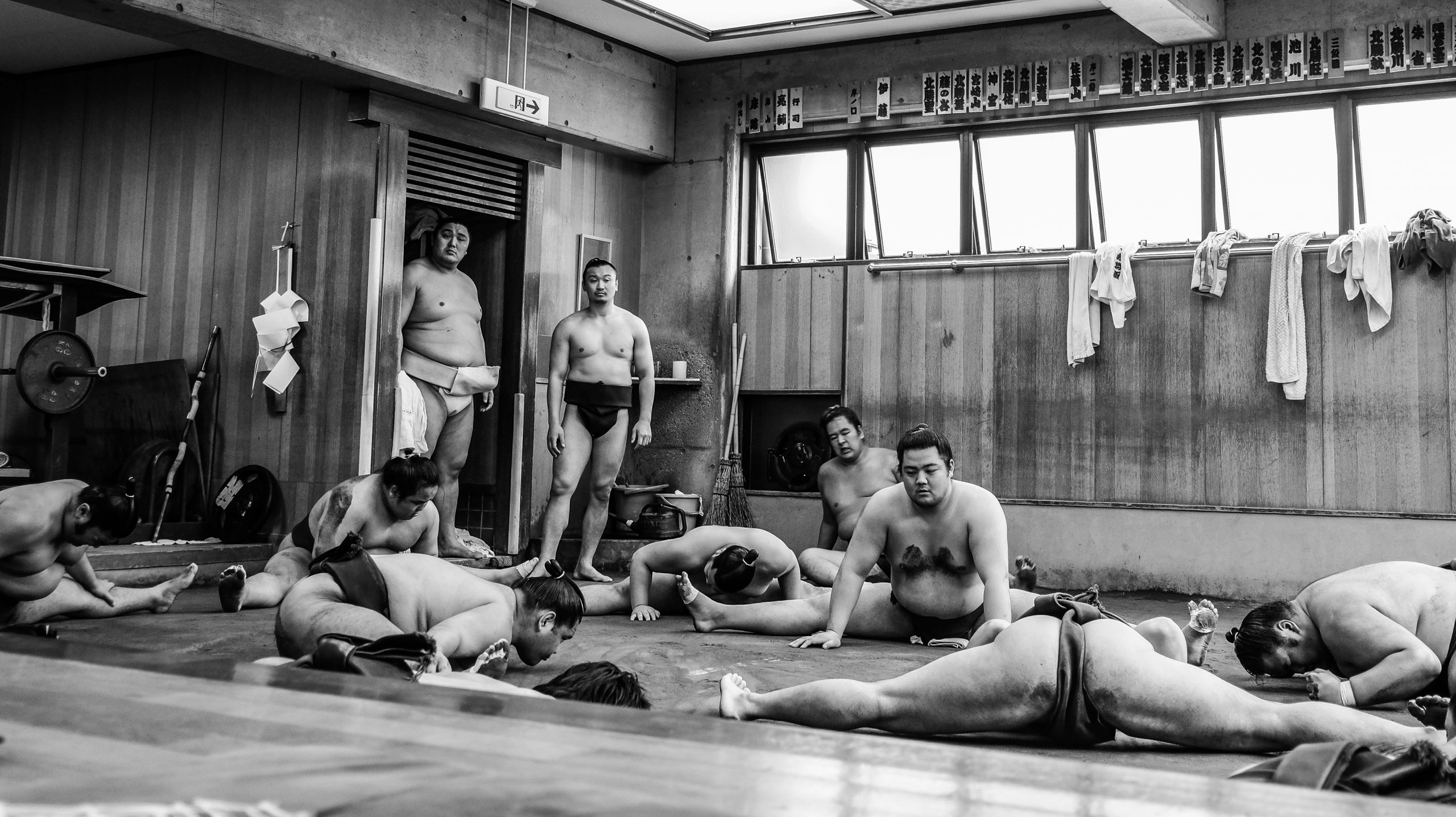
Sumo stable Tokyo
There are over 40 stables in Tokyo and this is where the sumo wrestlers live and train. These are private establishments and only a handful accept visitors. It is imperative that the visitors speak perfect Japanese or are accompanied by a tour guide who understands the manners and rituals, as well as is able to translate. Most sumo wrestling stables are found in the Tokyo’s Ryogoku district.
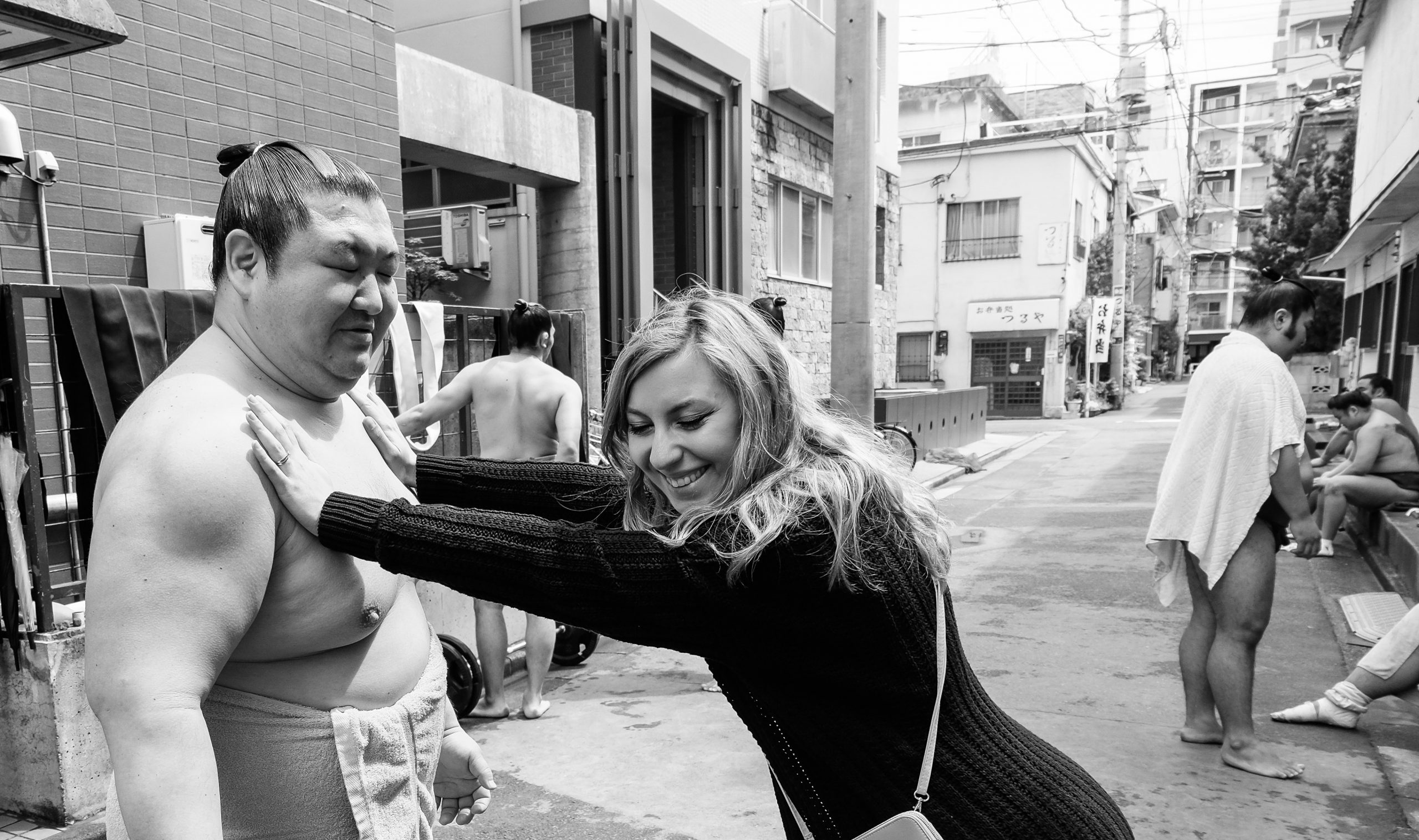
Are sumo wrestlers fat?
Sumo wrestlers have more muscle, less fat and quicker reflexes than non-wrestlers of the same weight. They are fit, but they are not healthy? The life expectancy of sumo wrestlers is much shorter than that of the spectators that watch them do battle.
The negative health effects of the sumo lifestyle can become apparent later in life. Sumo wrestlers have a life expectancy between 60 and 65, more than 10 years shorter than the average Japanese male, as the diet and sport take a toll on the wrestler’s body.
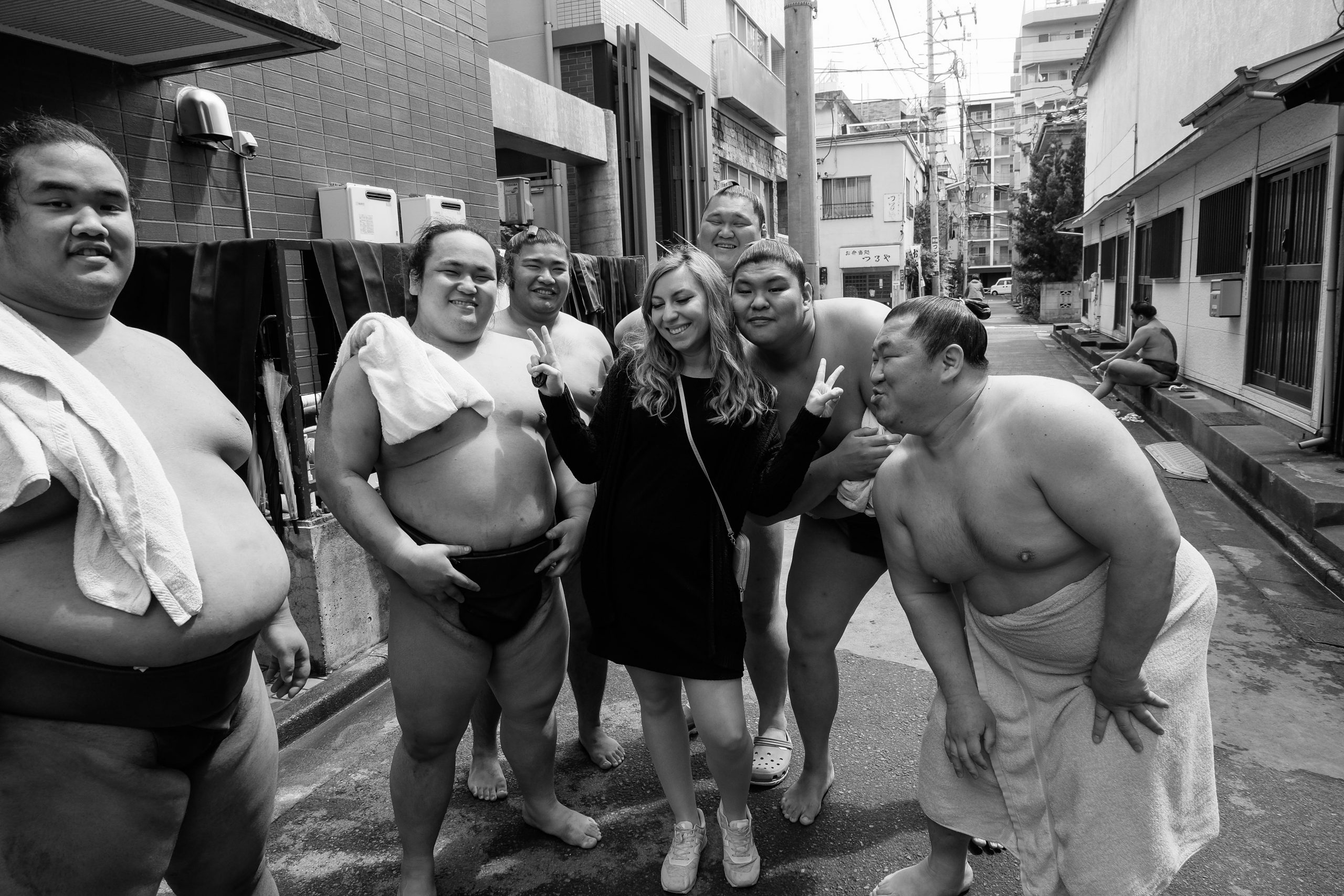
Sumo related attractions
Sumo museum
Hours: 10:00 to 16:30
Closed: Weekends, national holidays and in between exhibitions
Admission: Free
Ekoin Temple
Before the first sumo stadium was built in 1909, sumo tournaments were held outdoors at Ekoin Temple, just a short walk from Ryogoku Station.
Chanko Nabe Restaurants
There is a high concentration of chanko nabe restaurants in the Ryogoku area, many of which are managed by retired wrestlers.
Tomioka Hachimangu Shrine
Hours: Always open (Treasure House from 10:00 to 15:30)
Closed: No closing days (Treasure House on New Year holidays)
Admission: Free (Treasure House 1st floor: 200 yen)
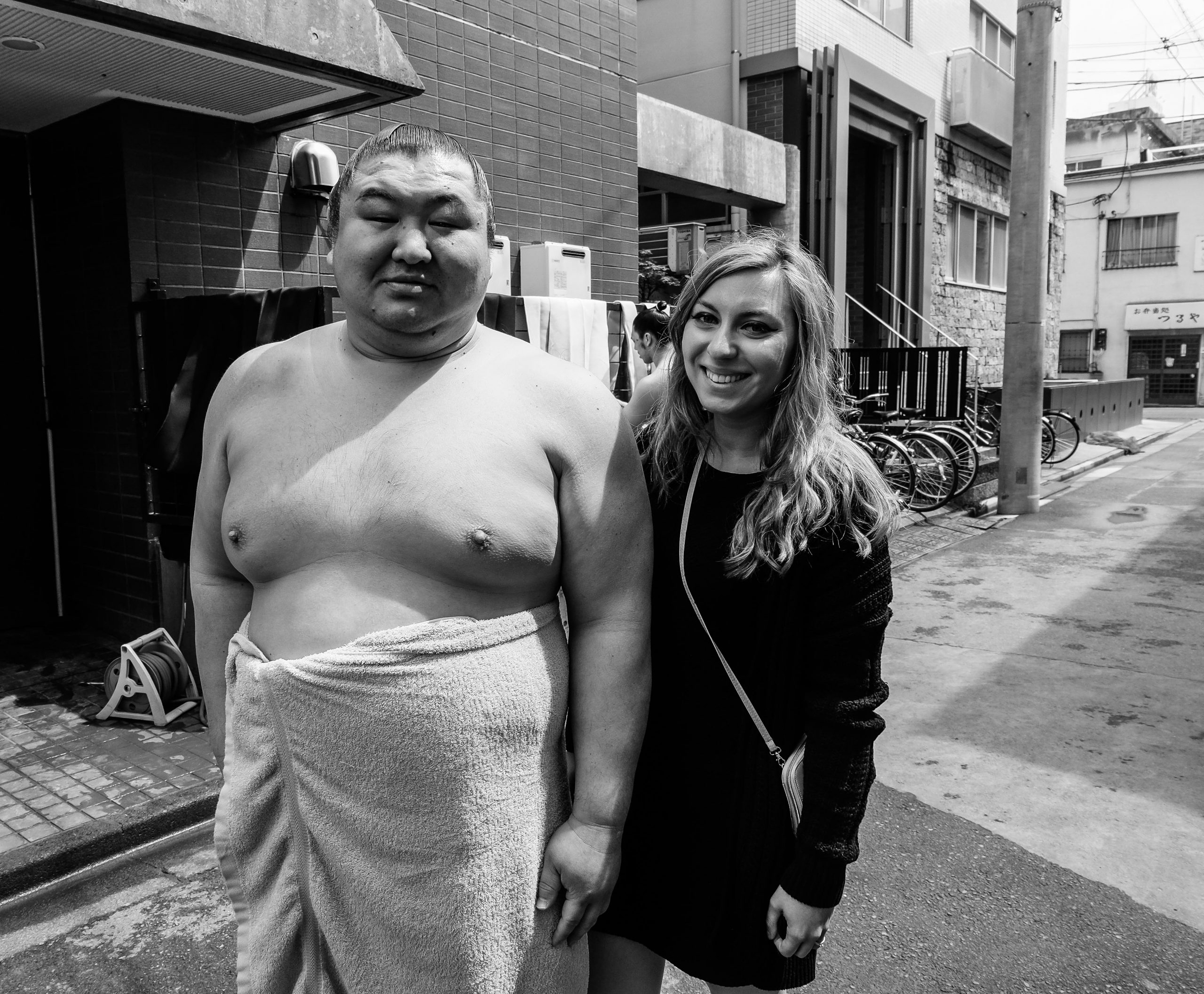
Thank you, Beauty of Japan for guiding us and offering us such an amazing experience. We loved the sumo stable and we are incredibly grateful to have had the chance to photograph the sumo wrestlers and ask them so many questions. We couldn’t have done it without you.
Over to you now! Have you ever been to a sumo practice or a sumo wrestling game? Tell us about your experience in the comments section below.
Frequently Asked Questions
Can foreigners watch sumo?
Yes, foreigners can definitely watch sumo matches in Japan. Sumo tournaments, known as basho, are held throughout the year, and anyone can attend as a spectator.
The atmosphere inside the sumo arena is electric, filled with excitement and anticipation. If attending a sumo match is not possible, I suggest visiting a sumo stable to witness the morning practice session of the wrestlers. It’s important to note that you will need a tour guide to accompany you, as they must make a reservation in advance. It’s worth mentioning that not all sumo stables permit visitors, and you cannot enter the stables without prior notice or permission.
Where can I see sumo practice in Tokyo?
If you’re looking to witness sumo practice, known as “keiko,” in Tokyo, you’re in luck. One of the best places to catch a glimpse of this ancient tradition is at a sumo stable, also called a “heya.” These stables are the training grounds where sumo wrestlers live and train together under the guidance of their stablemaster. While some stables might not allow public access, there are a few stables in Tokyo that welcome visitors.
One notable stable is the famous Arashio-beya, located in the Ryogoku neighbourhood, which is known as the heartland of sumo. At Arashio-beya, you can observe the wrestlers’ intense training sessions and get a firsthand look at their rigorous routines. Another option is the Kokugikan Sumo Stadium in Ryogoku, where you can catch morning training sessions during specific periods throughout the year. Keep in mind that it’s always a good idea to check the schedule in advance, as the practice times and availability for visitors can vary.

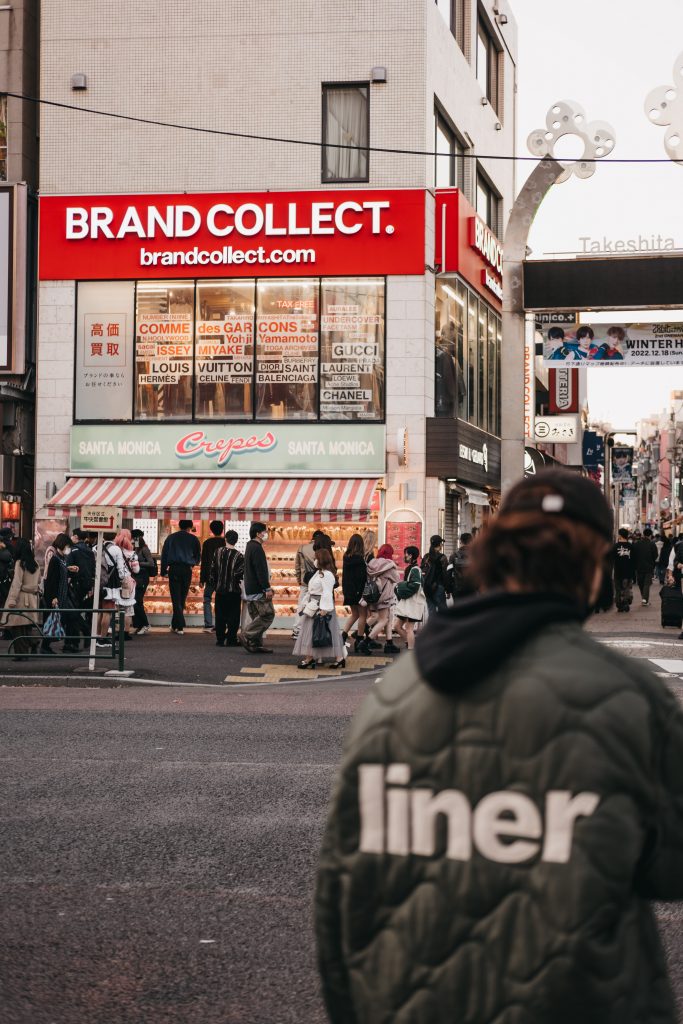

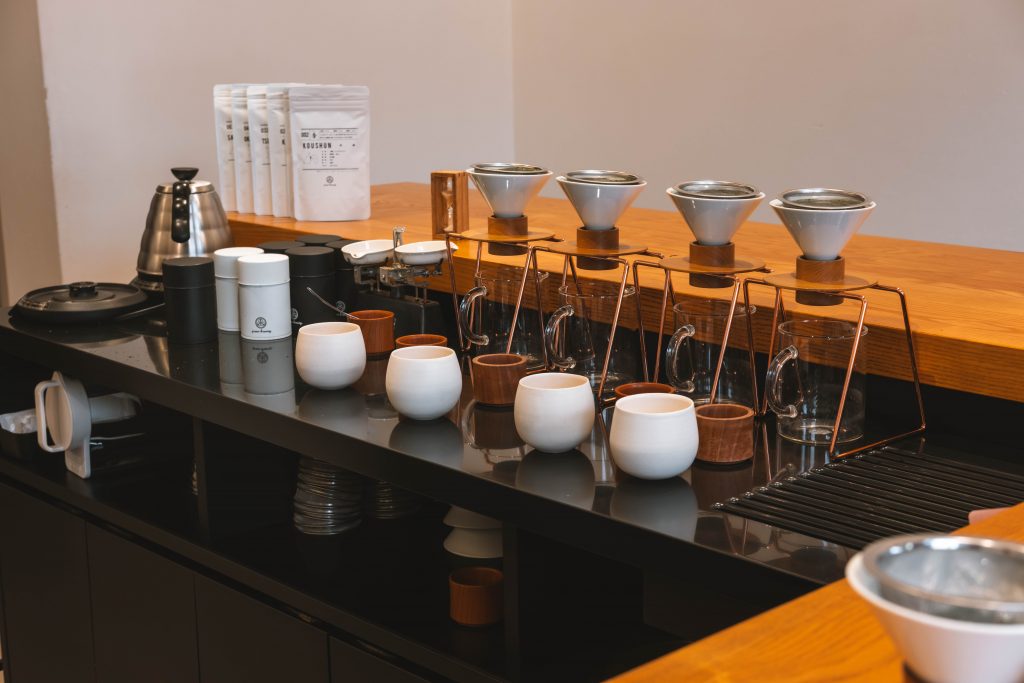

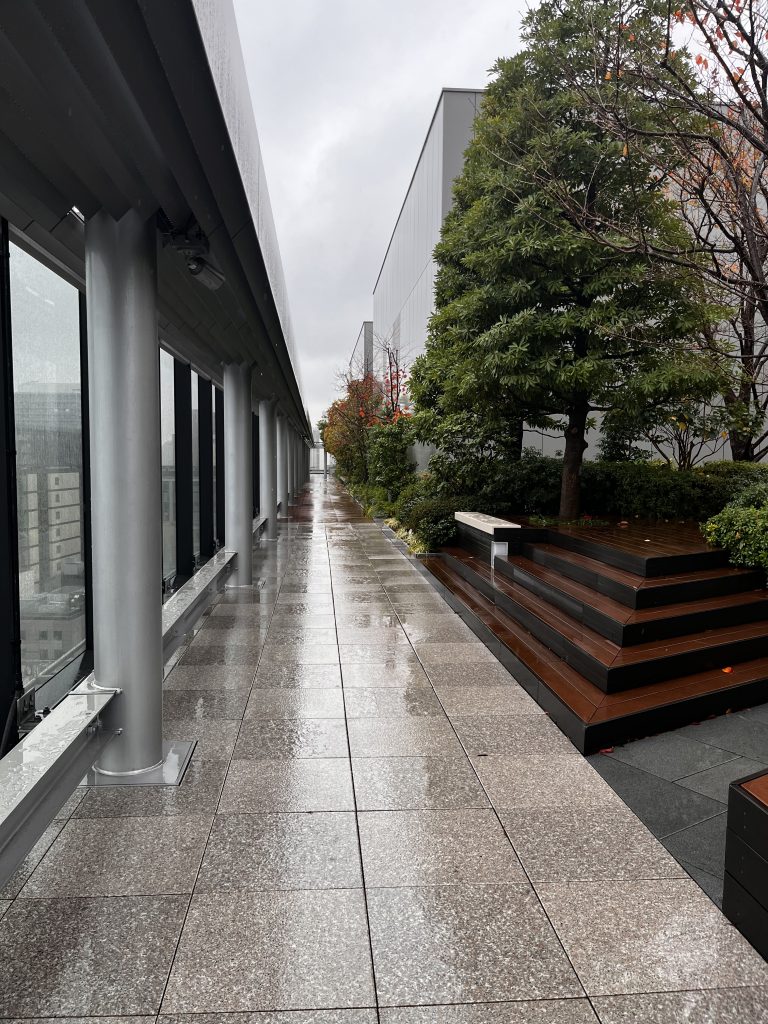



Leave a Reply